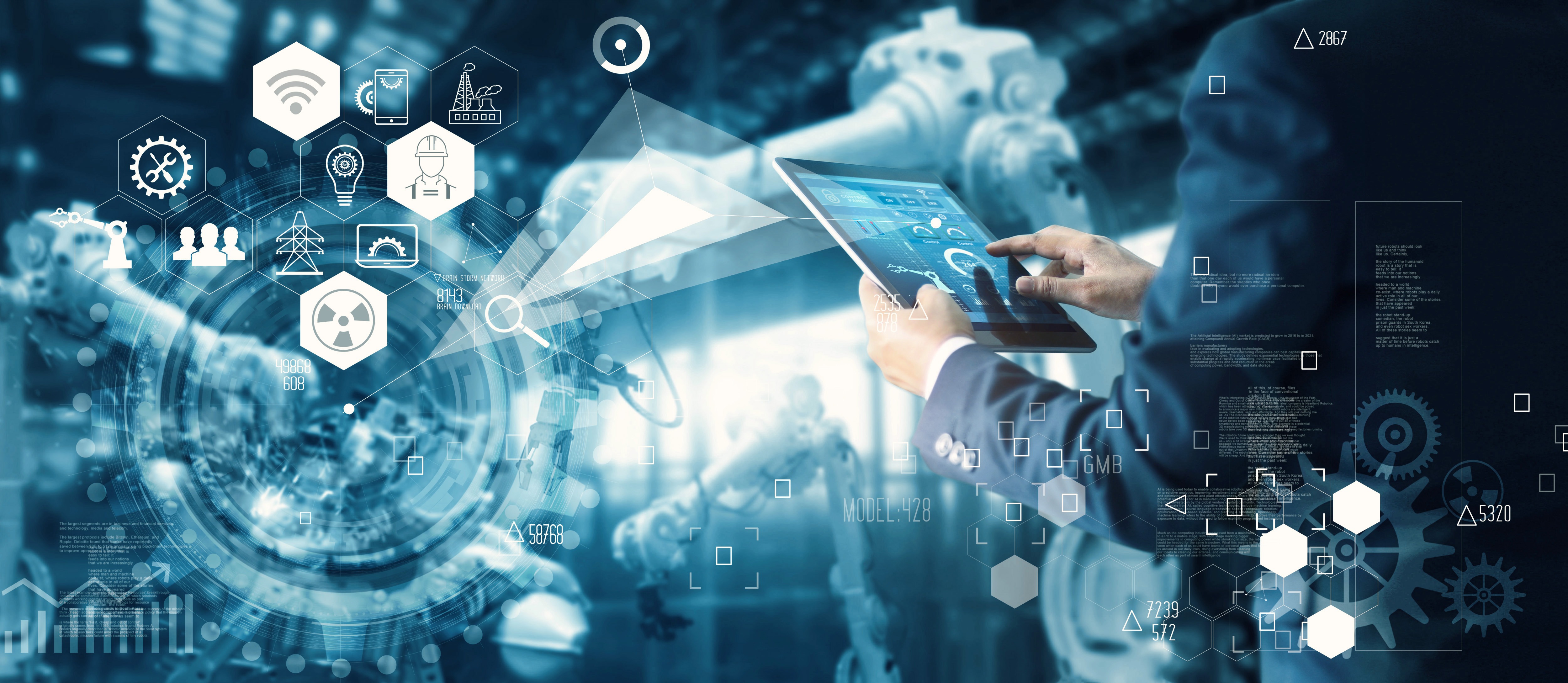Artificial Intelligence (AI) is having an impact on many industries, and construction is one of them. However, it does not seem to be having the same impact on the construction industry as it is having on others. Why is this?
AI is the name given to the mimicking of human brain functions (such as learning, pattern recognition and problem-solving) by a machine. It enables computer systems to learn from data inputted into them, with the device becoming better at providing insights into the data, the more often data is inputted.
The benefits of using AI and Machine Learning are vast when it comes to construction, as there are vast amounts of data produced on every construction project. Using AI could help to:
- Better design. Digital engineers work a lot with BIM – a 3D modelling process which gives them a more efficient way to design, construct and manage buildings throughout the whole lifecycle. Using AI in association with BIM means that the machine will be able to create 3D planning models of MEP systems, at the same time ensuring that the routes for the MEP systems do not clash with anything else. It will continue to learn each time it does this, meaning it will come up with the optimal design solution quicker.
- Increased productivity. There are companies out there who have produced self-driving construction machinery that can be used to demolish old buildings, pour concrete, lay bricks and weld. This means that the site can be prepared quickly, and it frees up the human contractors to start the actual construction work.
- Less risk. Construction projects are full of risks, especially when it comes to costs, time, safety and quality. These risks increase the more sub-contractors are pulled onto the project. AI can be used to monitor risks and assign priority to any issues that arise, meaning that construction managers can mitigate risk more quickly.
- Off-site construction. Off-site prefabrication of buildings is becoming more popular, and machines are helping to lead the way. Assembly lines of autonomous machinery are used to create structures, while humans deal with more detailed work such as MEP and plumbing systems.
- Prevent overspending. AI can help in two ways. Firstly, it can look at lots of historical data quickly, and identify potential areas where costs may overrun. Secondly, it can help to train staff and improve their knowledge quickly, reducing the time it takes to onboard them to new projects.
What does the future hold for AI and Construction?
There has been a lot of resistance to AI in many industries as there is a belief that machines will replace humans – and this is not the case. What machines will do instead helps to make building operations more efficient by reducing expensive errors as well as reducing the number of potential safety issues.
At The CAD Room, we envisage a bright future for AI in the construction industry with the Internet of Things and Robotics being used more and more in the future. Engineers will be able to put on a pair of VR goggles which will allow them to track work as it progresses through the use of mini-robots with cameras. Exciting times.

